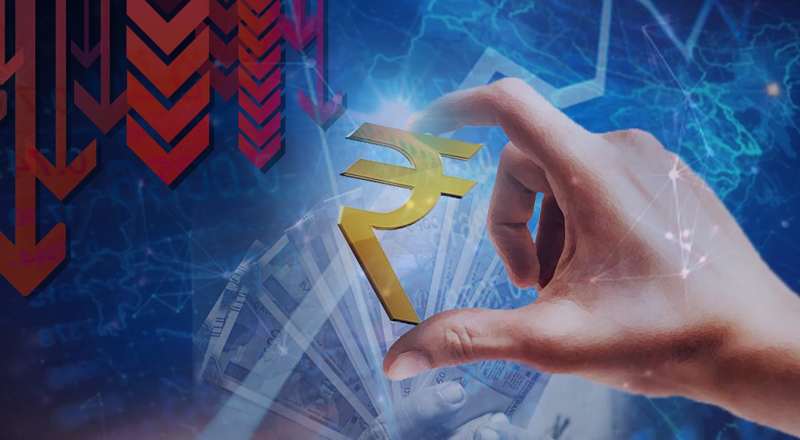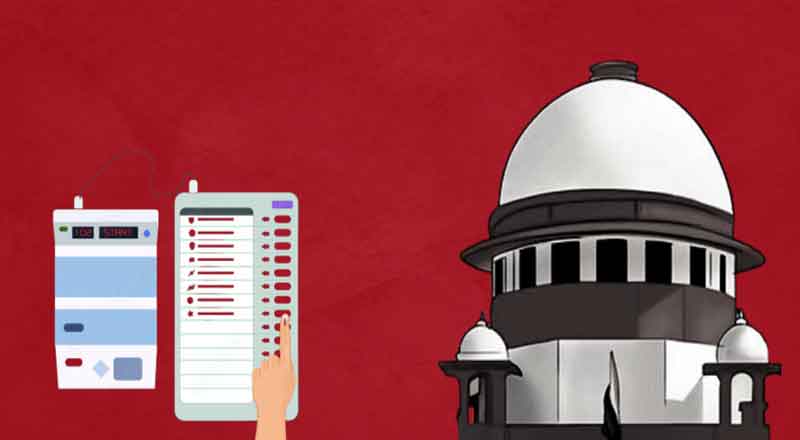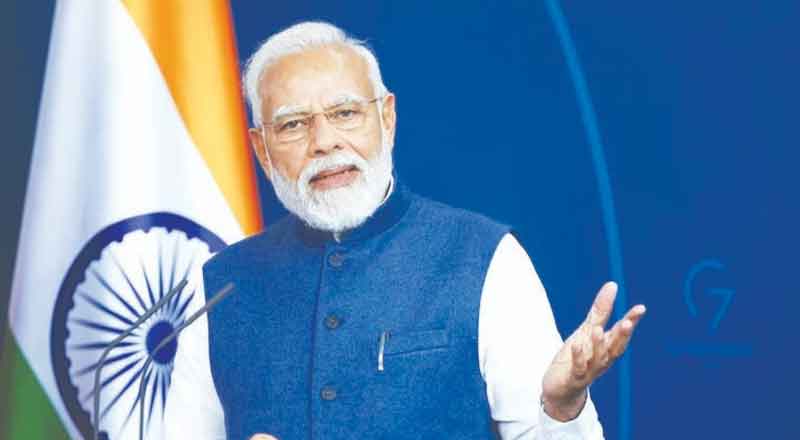India is the world’s fourth-biggest economy. It delivered $9.4 trillion in merchandise and ventures in 2017. Yet, it has far to go to beat the main three: China, with a generation worth $23.1 trillion, the European Union with $19.9 trillion, and the United States with $17.4 trillion.
India had fast development in spite of the Great Recession. It became 6.7% in 2017, 7.1% in 2016 and 8% in 2015. From 2008 through 2014, it developed somewhere in the range of 5% and 11%. That remarkable development rate has decreased destitution by 10% in the most recent decade.
On May 23, 2019, Prime Minister Nahrendra Modi won relection. He was initiallly chosen on May 16, 2014, finishing 60 years of administration by the gathering drove by Mahatma Gandhi. Mr. Modi, a fruitful representative, vowed to lessen administration and guideline, greenlight framework extends, and rearrange the assessment code.
Adversaries state he has not satisfied his crusade promises. Despite the fact that development rates were more prominent than 6% somewhere in the range of 2014 and 2017, joblessness is as yet 8.5%. The administration claimed banks had terrible obligation that diminished their capacity to loan. The rupee declined through 2016, permitting 3.6% swelling. A merchandise and ventures charge was disagreeable.
What Type of Economy Is India?
India has a blended economy. Half of India’s laborers depend on farming, the mark of a conventional economy. 33% of its laborers are utilized by the administrations business, which contributes 66% of India’s yield. The efficiency of this section is made conceivable by India’s work day toward a market economy. Since the 1990s, India has deregulated a few enterprises. It’s privatized many state-possessed ventures, and opened ways to outside direct speculation.
India’s Strengths
India is an alluring nation for redistributing and a modest wellspring of imports. Its economy has these five near favorable circumstances:
The average cost for basic items is lower than in the United States. Its GDP per capita is $7,200, a large portion of that of China or Brazil. This is a favorable position since Indian laborers don’t require as a lot of pay since everything costs less.
India has some accomplished innovation laborers.
English is one of India’s authentic dialects. Numerous Indians talk it. This, joined with the significant level of training, pulls in U.S. innovation and call focuses to India. For instance, an Indian call focus worker just expenses $12 every hour. That is practically a large portion of the American partner of $20 60 minutes. As per the Technology Manufacturing Corporation, in excess of 250,000 call focus occupations, accordingly, were redistributed to India and the Philippines somewhere in the range of 2001 and 2003.
India’s 1.3 billion individuals originate from a wide scope of monetary and social foundations. This decent variety can be a quality or a test. Financial status is to a great extent controlled by topography. India’s three primary locales each have unmistakable class and training divisions. Every year, 11 million individuals leave the country territories to live in the urban communities. The majority of them are youthful and instructed. They look for a higher caliber of life.
The gainful Indian film industry is classified “Bollywood.” It’s a portmanteau of Bombay, presently called Mumbai, and Hollywood. Bollywood makes double the quantity of motion pictures Hollywood makes. The most well known on-screen character on the planet is India’s Shah Rukh Khan. In 2016, Bollywood contributed $4.5 billion to India’s GDP. It creates less income than Hollywood’s $51 billion simply because its ticket costs are a lot of lower. On the in addition to side, Bollywood films cost less to make: $1.5 million by and large versus $47.7 million in Hollywood.
These similar points of interest mean extraordinary open doors for American business. Outside direct interest in Indian organizations could be entirely productive. The Indian working class is right around 250 million individuals, greater than the U.S. working class. It will keep on driving India’s shopper spending and financial development.
Notwithstanding FDI, India has seen in excess of 100 beginning open contributions over the most recent year and a half. Private value subsidizing developed in 2012 and 2013, a pattern that is relied upon to proceed. Vitality, human services, industry, and materials have been the best four parts. While inbound mergers and acquisitions bargains have declined in the most recent year, outbound arrangements have expanded generously in the developing markets in the Middle East, Asia, Africa and South America. These arrangements are driven by discouraged valuations because of the ongoing downturn.
India’s Challenges
Executive Modi is a Hindu patriot pioneer. Many censure him for the savagery against Muslims while he was legislative leader of India’s Western locale of Gujarat.
Modi is facing India’s enlarged government administration. That makes the execution of any financial or fiscal strategy troublesome. In August 2015, he was obstructed from passing a bill to get land to advance foundation.
U.S. money related strategy has harmed India’s economy. At the point when the Federal Reserve started its quantitative facilitating program, the lower loan costs fortified the estimation of the dollar. This made the estimation of India’s rupee fall. The subsequent 9.6% swelling constrained India’s national bank to raise its loan costs. This activity eased back India’s financial development, bringing about gentle stagflation in 2013. In the subsequent quarter, it had 9.6% swelling and 0% GDP development. Expansion was brought about by a declining rupee. Slow development originated from contractionary financial approach to stem swelling. By 2017, expansion had eased back to 3.6%.
Financial specialists chilled out from India and other developing markets when the U.S. Central bank started decreasing its quantitative facilitating program. At the point when the dollar rose 15% in 2014, it constrained the estimation of the rupee and other developing business sector monetary forms down.
Environmental change undermines India’s endeavors to improve its residents’ way of life. In excess of 600 million Indians face intense water deficiencies. Bangalore and New Delhi are two of the 21 urban communities that could exhaust their groundwater in 2020. In July 2019, the city of Chennai came up short on groundwater. Around 200,000 individuals kick the bucket from debased water. By 2030, 40% of the populace will have no entrance to drinking water.
The greater part of India’s water falls during the four-month rainstorm season. It isn’t caught productively. Environmental change will expand flooding from these rainstorm.
The Indus River relies upon water from the Hindu Kush-Himalaya ice sheets. On the off chance that nothing is done to diminish ozone harming substances, 66% of these ice sheets will dissolve by 2100.
Ocean level ascent undermines India’s 4,660 miles of coastline. It undermines megalopolises like Mumbai, Chennai, and Kolkata, which are home to 46 million individuals. Huge numbers of these urban areas are based on landfill. In Mumbai, seawater spills onto the primary oceanside promenade during elevated tide.
India’s Foreign Relations
The United States is one of India’s greatest military partners, and China is one of its greatest financial accomplices. In 2006, the United States consented to challenge the Nuclear Non-Proliferation Treaty by permitting full considerate atomic collaboration with India. This is in spite of India’s infringement of the settlement. They detonated atomic gadgets and didn’t put its program under the International Atomic Energy Agency’s shields.
India needs to be dealt with like the official five atomic forces: United States, Russia, Britain, France and China. The United States needs India to top its generation of fissile material, which comprises of exceptionally enhanced uranium and plutonium. Be that as it may, India has can’t. India intends to expand its warheads from 50 to 300 by 2010.
This twisting the-rules for India looks terrible to U.S. partners that consented to forgo building atomic limit: South Korea, Taiwan, Brazil, Argentina, South Africa, Ukraine, Kazakhstan and Japan. The understanding was a piece of a general increment in the business connection between American organizations and India. The United States and India should put more prominent significance on military collaboration, including joint protection activities and counterterrorism endeavors.
Modi has advanced nearer ties among China and India, two of the world’s biggest and quickest developing economies. On account of their tight monetary association, the nations are frequently called Chindia. China and India have correlative economies. India has crude materials while China has producing. India has cutting edge while China has the organizations and shoppers to utilize them.
They likewise have long-standing exchange questions originating from their regular fringes and China’s invitingness with India’s foe, Pakistan. There are hardly any aircraft courses and many visa delays. These questions won’t be explained by one well disposed exchange understanding. Both understand the potential focal points of an association. An exchange understanding is a decent initial move toward a “Chindia” or something to that affect.
With 33% of the world’s kin, Chindia could be a gigantic monetary powerhouse in the worldwide economy. It could likewise be a danger to the perceived leverage in that locale. It is in the United States’ wellbeing to keep up its partnership with India. That will counterbalance the developing intensity of China in the locale.





